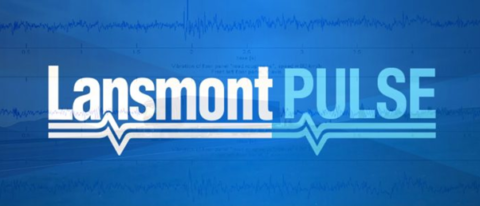Transport Vibration – Part 1
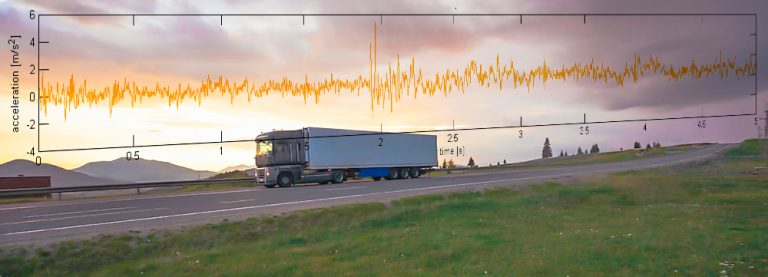
When transporting products from one location to another, we use packaging materials and technologies to protect them from the various hazards present within the distribution environment. Some of those hazards are climatic (temperature, humidity, atmospheric pressure) and some are dynamic (shock, vibration, compressive forces). Read more…
Transport Vibration – Part 2
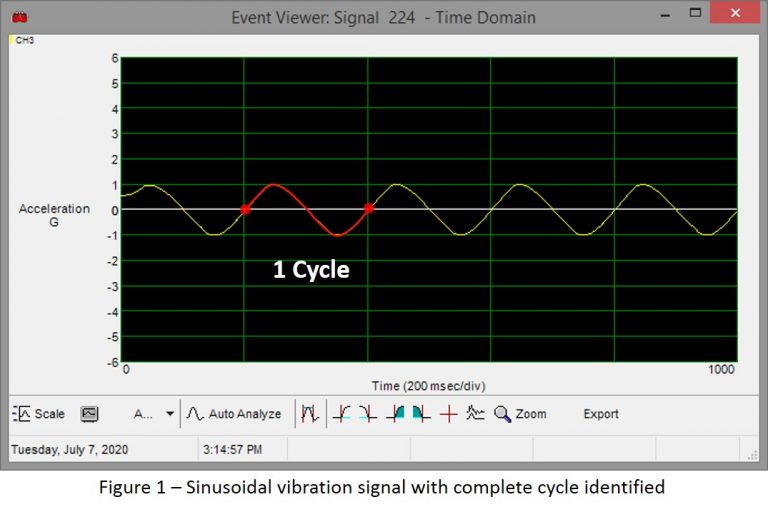
A helpful way to think of vibration is in terms of sound. Though the audible frequency spectrum is higher than the transport vibration spectrum – sound is vibration. The simplest way to think of vibration is in terms of a sinusoidal signal. Strumming a guitar string results in a sinusoidal tone – honking a horn and even traveling over rumble strips on the side of the road results in a temporary burst of sinusoidal vibration. Read more…
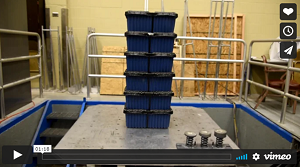 Video Video
|
Transport Vibration – Part 3
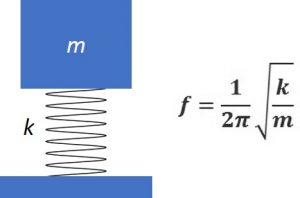
Products and their sub-components, as well as packaging materials and structures possess what is called natural frequency. In the simplest of terms, natural frequency is where those items like to vibrate – or get excited – whenever they are mechanically disturbed. Read more…
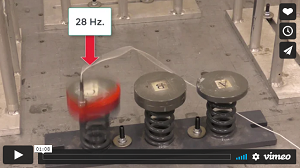 Video Video
|
Transport Vibration – Part 4

If you need to move products from their point of manufacture to their end-use destinations, you can expect that they will be exposed to vibration input during that journey. Depending on the mode(s) of transport, you can expect vibration input at various amplitudes across a well-defined frequency range (bandwidth). There is typically very little you can do to avoid, or change that environmental input, thus your options are limited to addressing both the product and its protective packaging. Read more…
To find out more information in details, please Contact us or call us on +44 (0)20 8949 7006.
